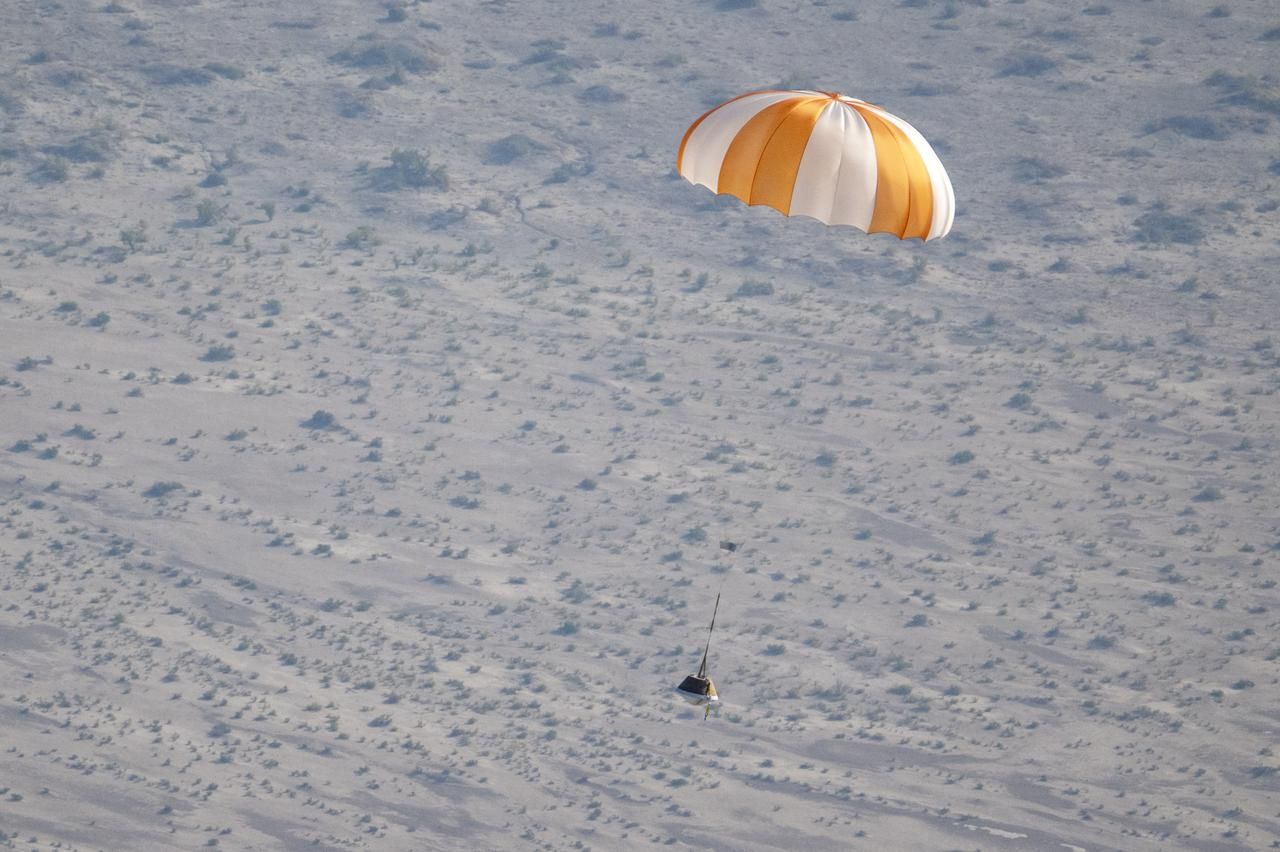
In 2016, NASA’s OSIRIS-REx (Origins, Spectral Interpretation, Resource Identification, Security-Regolith Explorer) spacecraft embarked on a mission to the asteroid Bennu to collect a sample from the asteroid’s surface and return it to Earth. The successful collection took place in 2020, stowing the sample in a specially designed return capsule and setting up the first asteroid sample return managed by NASA.
Now, in the early hours of September 24, the retrieval team will await the much-anticipated capsule in Utah’s desert. If all goes well, the OSIRIS-REx spacecraft will release the capsule from an altitude of 63,000 miles above Earth. The capsule will then enter Earth's atmosphere at a speed of 28,000 miles per hour, creating a 10-second artificial meteor in the skies over Nevada around 7:42 am PDT. SETI Institute meteor astronomer Dr. Peter Jenniskens will join other NASA scientists and amateur astronomers in North-East Nevada to witness the return home.
It is rare to see a meteor in the sky at an announced time and place," said Jenniskens. "The capsule is expected to shine just brighter than the planet Venus and will appear as a dot of light gliding along in the early morning daytime sky from WSW to ENE, like a slow-moving meteor. The best view is for observers that see the capsule's front from locations near and just east of Eureka, Nevada when the capsule reaches peak brightness.
Engineered to withstand re-entry into Earth’s atmosphere, the capsule will then deploy two parachutes at different descent stages. After landing and ensuring that the landing area is safe, the team will examine the capsule’s integrity and transfer it to a mobile cleanroom before the last leg of the journey to NASA’s Johnson Space Center for analysis.
Beyond examining the sample material, scientists are interested in evaluating the capsule’s thermal protection system performance. The evaluation involves measuring heat shield loss during re-entry, providing critical insights for future sample return missions, such as those from Mars.
Sample return missions like OSIRIS-REx are key to understanding the true nature of asteroids and their role in our solar system history,” said Dr. Franck Marchis, Senior Planetary Astronomer at the SETI Institute and Chief Scientific Officer at Unistellar. “Through images captured by the mission, it's evident that Bennu is a rugged asteroid exhibiting some form of activity. This mission's sample return will deepen our insights into Bennu's makeup, especially its water and organic molecules, which are intertwined with the very origins of life on Earth. Finally, in the face of dwindling resources, the exploration and potential utilization of Near-Earth asteroids may offer sustainable solutions for our future endeavors in space.
The SETI Institute/Unistellar Citizen Science Network will attempt to observe the re-entry from various locations, with Dr. Lauren Sgro, SETI Institute Citizen Science Researcher and Post-Doctoral Fellow Dr. Ryan Lambert leading the effort. More information can be found here.
Following the capsule’s release, the OSIRIS-REx spacecraft will execute engine maneuvers to steer it away from Earth, embarking on an extended mission through space. In April 2029, the spacecraft will encounter Earth once more, coinciding with a flyby of a different asteroid, Apophis. Renamed OSIRIS Apophis Explorer or OSIRIS-APEx, the spacecraft will observe Apophis for 18 months before its surface, giving us the chance to explore an additional asteroid utilizing the same versatile spacecraft.
Why study Apophis? “Because Apophis passes so close to Earth in 2029, it does come close to Earth again repeatedly,” said Dr. Michael Busch, SETI Institute Research Scientist. “But, as with Bennu, Apophis cannot impact Earth in the next century or more. And, as with Bennu, OSIRIS-REx / OSIRIS-APEx will help us rule out any potential impacts further into the future.”
On October 12, 2023, at 2:30 pm PDT, the SETI Institute’s weekly social media livestream, SETI Live, will feature Dr. Dante Lauretta, the Principal Investigator for OSIRIS-REx, providing further details about this remarkable mission.





